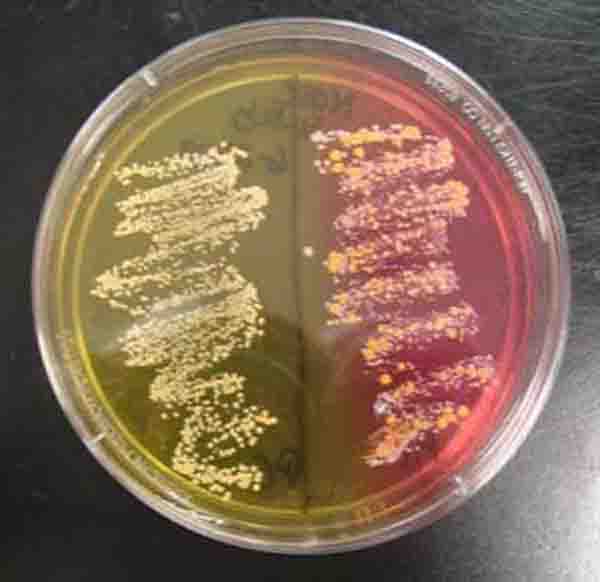 | ||||
Chemistry of Microbiology
Review Questions
Virtual Microbiology Classroom of Science Prof Online
Chemistry of Microbiology Review Questions
Chemistry of Micro
Practice Test Questions
Free practice teste questions designed to help students understand
 | ||||||
SPO VIRTUAL CLASSROOMS
1. Specifically, what is the atomic number of an element based on?
2. Name and describe 3 types of chemical bonds.
3. What determines whether a solution is acidic or basic?
4. How does our discussion of Helicobacter pylori relate to pH?
5. What is the relationship between an atom and an element?
6. Differentiate between oxidation and reduction. What even makes an atom or molecule reduced? oxidized?
7. Why can taking antacids increase a persons risk of bacterial food poisoning?
8. Name 4 major categories of organic macromolecules found in living organisms and, if applicable, name the monomer each is composed of.
9. Differentiate between carbohydrate monosaccharides, disaccharide and polysaccharides and give examples of each.
Page last updated: 2/2016
These are review questions from the Virtual Microbiology Classrooms (8-week & 16-week), designed to help students better understand this lecture topic. They are based on materials that can be found on the Chemistry of Microbiology Lecture Main Page.
You have free access to a large collection of materials used in a college-level introductory microbiology course. The Virtual Microbiology Classroom provides a wide range of free educational resources including PowerPoint Lectures, Study Guides, Review Questions and Practice Test Questions.
Mannitol Salt Medium changes color from pink to yellow when manntol fermeters, such as Staph aureus are present.
10. What characteristic of phospholipids makes them essential components of cell membranes?
11. Why is the 3-dimensional structure of a protein important?
12. What is ATP and what is its function in cells?
13. How does our discussion of organic macromolecules relate to MacConkey's Agar and Mannitol Salt Agar?
14. How does our discussion of Mycobacteria relate to our discussion of organic macromolecules?




